
Smart Mobility – Towards smarter mobility
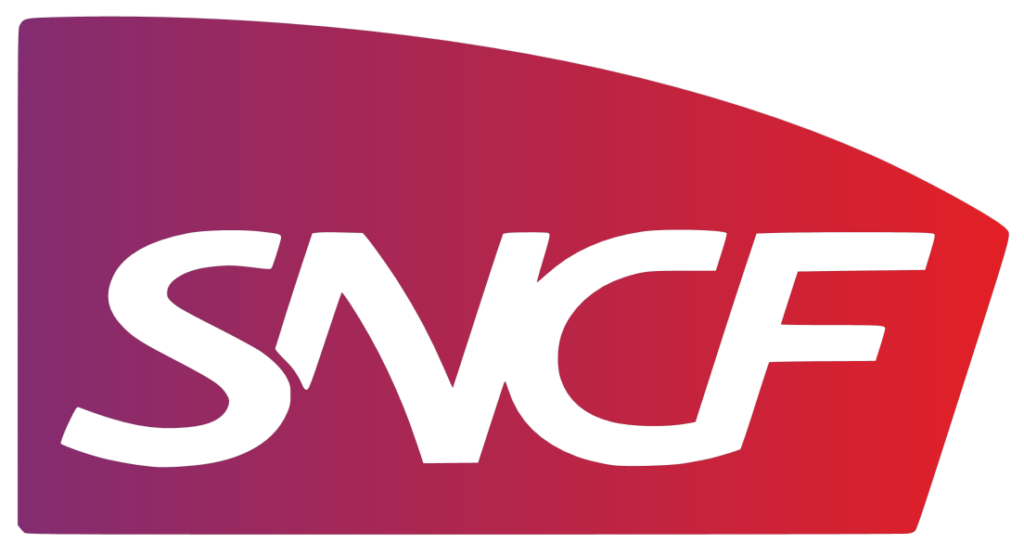
Patrick ROPERT, SNCF communication director, comes to #SUPDEWEB for the Master-Class on Tuesday, April 29, 2014.
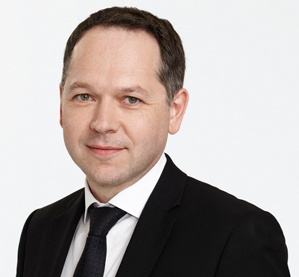
Before, the SNCF was that…
Some SNCF figures
– 1 TER = 122 cars
– 1 RER = 500 cars
– 300,000 additional cars every morning
– 350 km of traffic jams
The SNCF can boast of being one of the 2 leaders in mobility in the world and there are 2 billion people passing through the stations at present.
It is estimated that an additional 5 million tonnes of CO2 are emitted each year (equivalent to all emissions from district heating). Today, SNCF mobility is 90% based on fossil fuels. In the short term, their mobility is therefore non-renewable.
Smart Mobility, fast!
To define the SMART Mobility that the SNCF wants to put in place, we could associate the smartphone tool and the opening of the services they offer.
Patrick Robert insists on an important point: The first element of mobility is information. Initiatives have already been put in place in this direction, such as the development of the SCNF’s info-train applications which provide information on trains in real time. The two smart mobility integrators have the smartphones and the train station.
To compensate for the lack of networks in the stations which would rage during the SNCF’s smart mobility plan, the latter promises “free wifi in more than 140 stations by the end of 2014”, and this should not be impossible. Indeed , the cost would not be high and a business plan has been decided to compensate for this investment: the first 30 minutes are free with limited speed and offers are offered at concessions in stations.
In the coming months, a new application will be implemented by the SNCF with the specific aim of connecting major flows (proprietary services) with the very important “last 20 kilometres”. This corresponds to the external services that users use to get to the target location, a point that the SNCF never thought to address. The fact is that this will be possible if and only if partnerships are established with these external services. This would make it possible to better predict consumer travel flows.
According to the director of communication at SNCF, the use of Open Data and the co-creation of new data would be the keys to making these new services available and fulfilling this objective of the last kilometers.
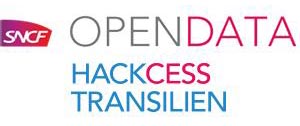
SNCF Hackatons*, start-ups at the service of the SNCF
The SNCF sets up events to put innovative start-ups in competition with the aim of collaborating with the SNCF and finding investors:
- The Hackcess Transilien which aims to improve the accessibility of journeys in the islands of France
- The Hackaton of railway workers with the aim of improving information in a disturbed situation.
- The Hack Days for building apps
Among the innovations
NO WAY offers an API that allows access to very precise pedestrian routes, according to defined criteria.
Tranquilien allows you to plan your trip according to the number of trains and the cars.
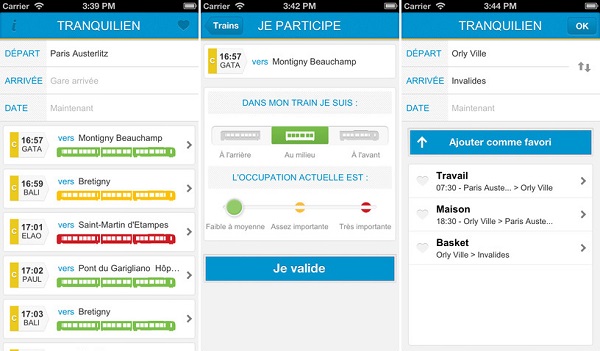
What actions should be taken from the SNCF?
Today rooted in traditional management, SNCF is trying to move towards agile management of their systems. To do this, it is setting up a collaborative, rich and open ecosystem by developing more and more connected services. The objective is to become the first mobility integrator in the world.

To make do with competition from Google, the SNCF is a partner of the campsite for the 5th consecutive season. Camping is the establishment of a 6-month program to help start-ups get their projects off the ground. Since January 2011, it has helped 48 start-ups and raised more than €6 million after the first 3 seasons, it has created 180 jobs and 4 start-ups have been selected in renowned American incubators.
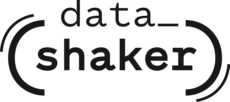
Data Shaker: the Open Data project accelerator
For SNCF, the challenge of the Data Shaker program was to explore the potential of data in the creation of new mobility services. Beyond one-off hackathon-type events, the Data Shaker program has placed itself in a longer dynamic by supporting projects for three months, through all the structuring stages of their development.
Other projects selected by Open Data SNCF
Of the twenty projects registered, six were selected on February 13, 2014 for support by NUMA teams and SNCF mentors in a “design, prototype & test” logic.
DataGare is a data visualization interface for stations in the Transilien network. The objective of the project is to create a visual experience through an interactive interface of 10x2m using the gestures of the user.
Raildar is a project to display on a map the real-time location of TGV, TER, Intercités and Transilien trains.
Home Now is an application to not miss the latest transport. All you have to do is enter your home address once and the application takes care of sending the last departure alert (including walking distance) from the geolocation.
Storylab is a 100% digital publishing house positioned in the small format market. (reading a maximum of one hour). The team wants to offer short stories to travelers to occupy their waiting time.
Lookies is a people flow analysis sensor service that detects the WiFi signal of smartphones. It collects flow data to view it on a dashboard similar to that of Google Analytics for websites (number of visitors, route, average visit time. It is currently being tested at Versailles station.
*A hackathon is an event where developers come together to do collaborative computer programming, over several days.
Authors
Selim Renoud-Lyat @LoupionKatouchK
Emmanuel Guérin @Emmanuel_GUERIN



